Fashionistas are willing to make tremendous sacrifices to be on trend. These days, their sacrifices look more like unconventional style choices and uncomfortable clothes, but not so long ago fashion was something that could actually kill you. But what is life compared to style, right? Some say death is better than wearing unfashionable clothing!
In today’s digest, we will tell you about dangerous fashion. Keep scrolling!

According to Pantone Color Institute :D, emerald was the hottest color of the 18–19th centuries. You could find it on all the pieces one would wear – dresses, hats, gloves, etc. But there was a teeny problem with it. The only way such a gorgeous color could be produced was by using arsenic. Therefore, it would come in contact with a wearer’s skin, giving the fashionista a torturous rash and abscesses.

Hats were an essential part of men’s wardrobe, especially in England. But it was unknown for a long time that those hats could actually make wearers mad because of mercury poisoning. At first, the hats were made with felted beaver fur, but it was too expensive, so the hatters switched to a less luxurious, affordable material – rabbit fur. The process of felting rabbit fur involved the use of arsenic. After treating the fur with arsenic, the hatters had to comb it by hand which made the poisonous fluff fill the air around them.
This technique was used till the mid-20th century when the government finally started to regulate hat manufacturing. Mercury poisoning effectively made people lose their minds and led to an increase in suicide. Did you know that the Mad Hatter from Alice in Wonderland was inspired by this historical fact?

Charles Frederick Worth, founder of the Chambre Syndicale of Haute Couture, invented crinoline to help women. The rigid cage construction had to be worn as a skirt. It was meant to make the skirt layers lighter and more voluminous at the same time. However, the designer failed to see that the crinoline was difficult to control: a lady would move and her skirt would swing to the side. For example, towards a fireplace or burning candle. The dresses were made of light, flammable fabrics. There is data that in the 19th century thousands of women died because of the crinoline fires.

In the 20th century, the train skirts were in vogue, but the clean streets were not. Trains led to women bringing home deadly infections, like typhus, for example.

Paul Poiret liberated women from corsets but he was the one who came up with the other hazardous fashion item – a hobble skirt. It was synched at the ankles, which not only made walking extremely difficult but caused tons of fatal incidents. For instance, sometimes women couldn’t manage to avoid aggressive horses or fell into the water.
The good news is that today only designs can be wild but thankfully they’re not dangerous. And we all can choose what to wear without any obligations. Create something beautiful AND comfortable with Vikisews sewing patterns!
More fascinating stories from the fashion world are here:
The Margiela tabi — popularity explained




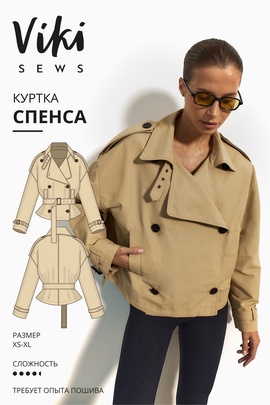
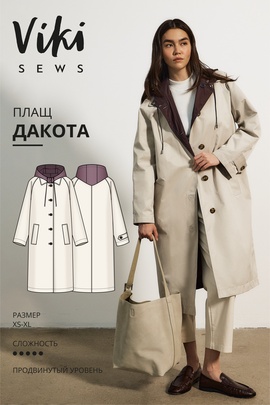
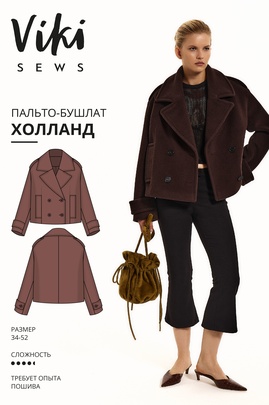
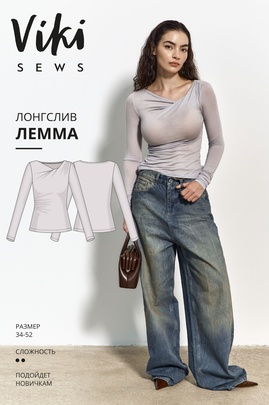

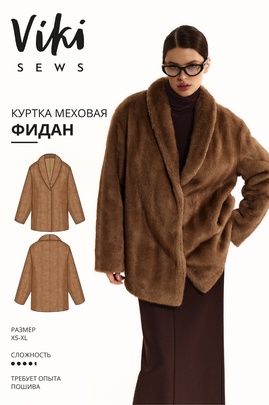
Здесь пока нет комментариев